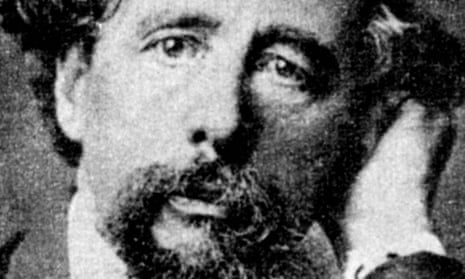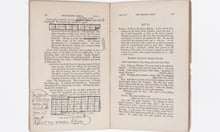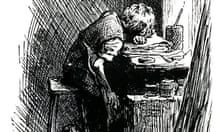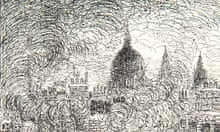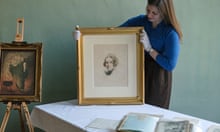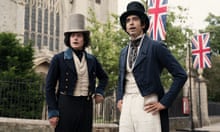Two letters described as written by Charles Dickens in the 1850s have been withdrawn from a forthcoming auction after a leading academic dismissed them as forgeries.
Dr Leon Litvack, an expert analyst of Dickens’ letters and manuscripts, told the Guardian: “The handwriting is wrong. It’s the signature that is always the giveaway. I have letters from the same period that will confirm that these are forgeries.”
The letters are dated 29 March 1855 and 13 November 1858. The recipients were Dickens’ young love, Maria Beadnell, with whom he had renewed contact, and her husband, Henry Louis Winter.
To Maria, the letter writer offers a ticket for a box at the Adelphi theatre, stating he may not be there himself, “as I shall be waylaid by household words”, which included working on his magazine.
Writing to her husband, the writer offers words of friendship for his “trouble”, an indirect reference to his bankruptcy, which had come to court. Quoting Dickens, the letter says: “I write to assure you of my sympathy with you in your trouble. Pray do not let it cast you down too much. What has happened to you, has happened to many thousands of good and honourable men … Be strong of heart for yourself, and look forward to a better time.”
Litvack said: “In both cases, the forgeries replicate accurately the texts of published letters. So the forger must have seen them at some point.”
As principal editor of the Charles Dickens Letters Project, an online resource for his correspondence, he contacted Fonsie Mealy’s, an Irish auction house, which had planned to sell them on Wednesday, saying: “In my professional opinion, they are forgeries. The handwriting is not that of Charles Dickens.”
Litvack, a reader in Victorian Studies at Queen’s University Belfast, has curated Dickens exhibitions at major institutions and is consulted by auction houses on the authenticity of manuscripts consigned to them.
He said forgeries did “come up from time to time” and expressed surprise that the two letters were estimated to fetch only up to about £800. “A letter to Dickens’ youthful lover should command much more than this.”
after newsletter promotion
He said that he considered another Dickens letter from the 1860s in the same sale to be genuine. He said: “But the handwriting and signature are sufficiently different from these forgeries, and the auction house should have realised themselves that these letters are not by the same hand.”
Fonsie Mealy’s was contacted for a comment.
